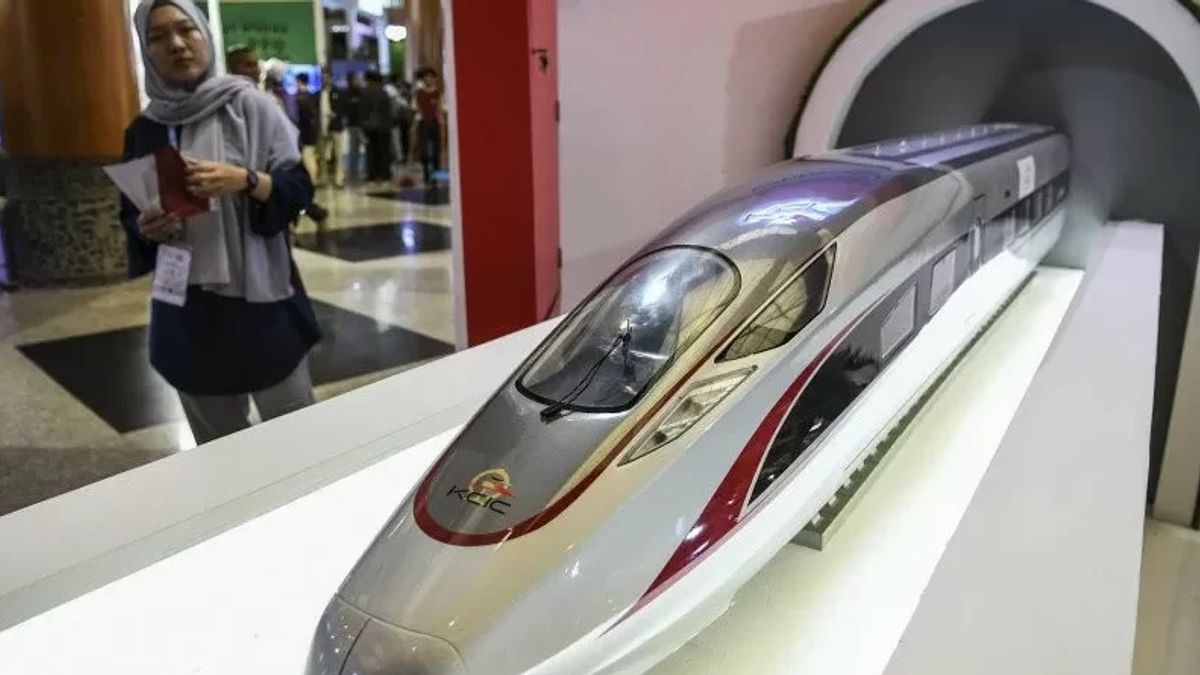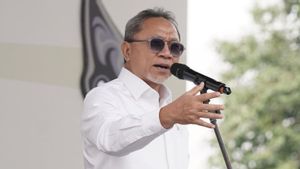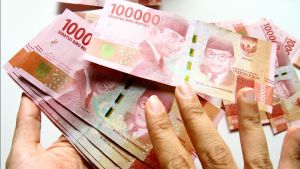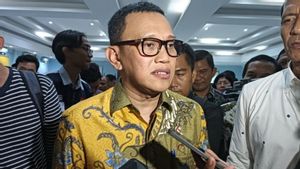JAKARTA - The Ministry of State-Owned Enterprises (BUMN) will apply for a loan of 550 million US dollars or equivalent to Rp. 8.3 trillion (assuming an exchange rate of Rp. 15,235 per dollar) to the China Depelomination Bank (CDB).
Deputy Minister of SOEs II Kartika Wirjoatmodjo said that this loan would be used to cover the cost overrun or cost overrun for the Jakarta-Bandung High Speed Rail (KCJB) project.
As is known, the Indonesian-China government has agreed on the amount of the swelling cost of the KCJB project of 1.2 billion dollars or around Rp. 18.2 trillion.
"Well, later on, we will apply for the loan portion of around 550 million on loan to the CDB," he said at the DPR Building, Parliament Complex, Senayan, Monday, February 13.
From the loan, Tiko, Kartika's nickname, said that the Ministry of SOEs will form a final structure and price. Where, the loan will be included in the debt of PT KAI (Persero).
"In the next 2 weeks we should have a final structure and price, it should go to KAI later the loan (loan) and be lowered in equity to KCIC," he said.
Apart from being sourced from debt, the KCJB project budget will be patched from the State Capital Participation (PMN) for the 2022 fiscal year. From the scheme set, 75 percent of the cost overrun is covered with loans.
Meanwhile, the remaining 25 percent of the total cost overrun came from the Indonesian consortium budget, namely PT Pilar Sinergi BUMN Indonesia (PSBI), and the China Railway International Co. Ltd consortium. One of them, PMN worth IDR 3.2 trillion.
Meanwhile, SOE Minister Erick Thohir asked all parties not to associate the cost overrun or cost overrun of the KCJB project with allegations of corruption.
"But don't turn it around, it's as if this cost overrun has corruption," he said.
Erick explained that the swelling cost of the KCJB project could not be separated from the impact of the COVID-19 pandemic.
"Remember, whatever happened when COVID was still being developed, it had to be carried out. But it can't be maximized because the COVID situation must have cost," he explained.
Furthermore, Erick said that at the beginning of COVID-19, the supply chain was disrupted. This condition, said Erick, made commodity prices increase.
Then we also see when the supply chain of the supply chain of supply of the supply chain is very disturbed. What does that mean? High commodity prices include iron. There is a entry into the cost overrun component. Now this is what is important so that friends assume that there is an issue of corruption," he said.
The English, Chinese, Japanese, Arabic, and French versions are automatically generated by the AI. So there may still be inaccuracies in translating, please always see Indonesian as our main language. (system supported by DigitalSiber.id)










